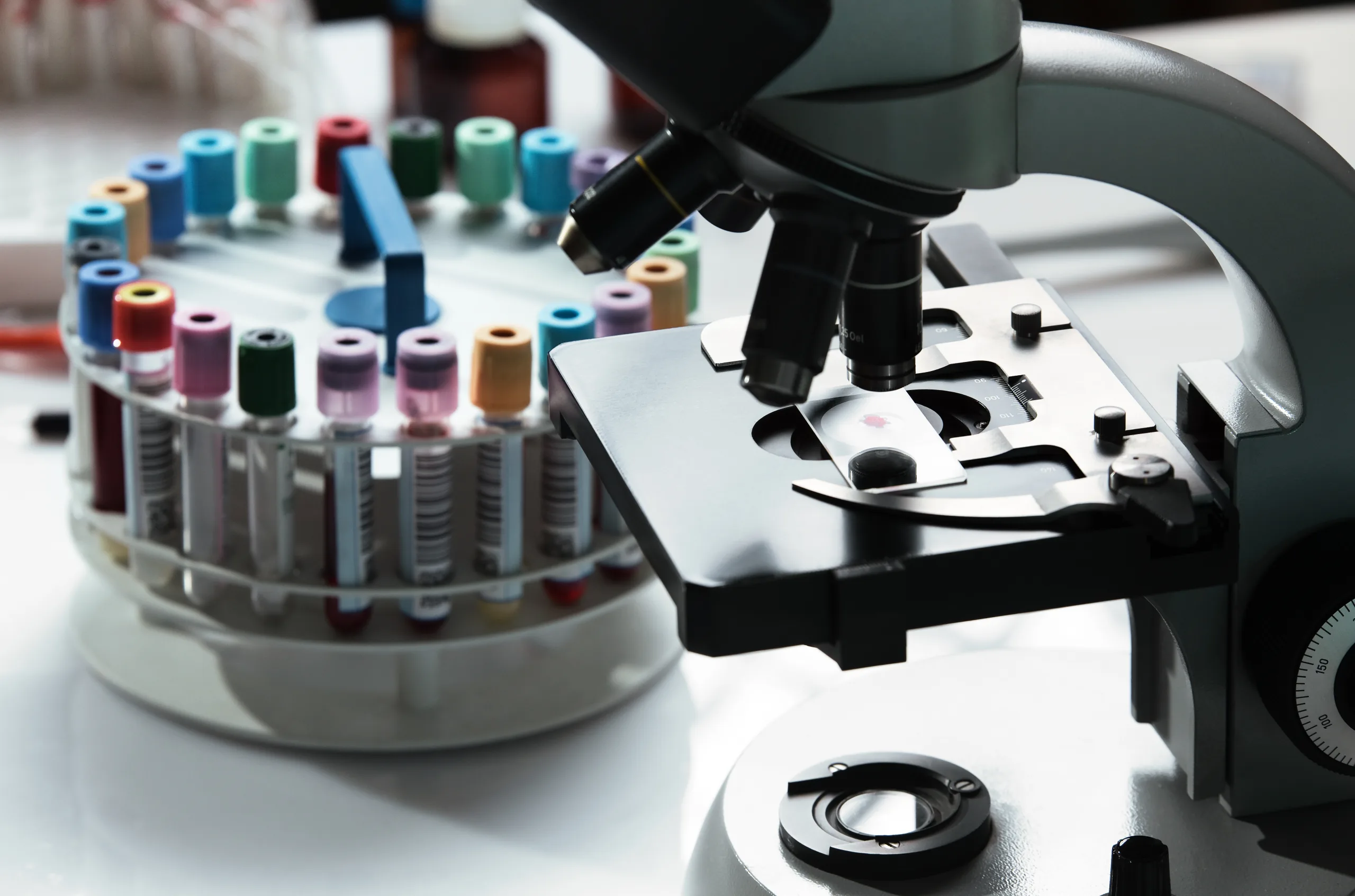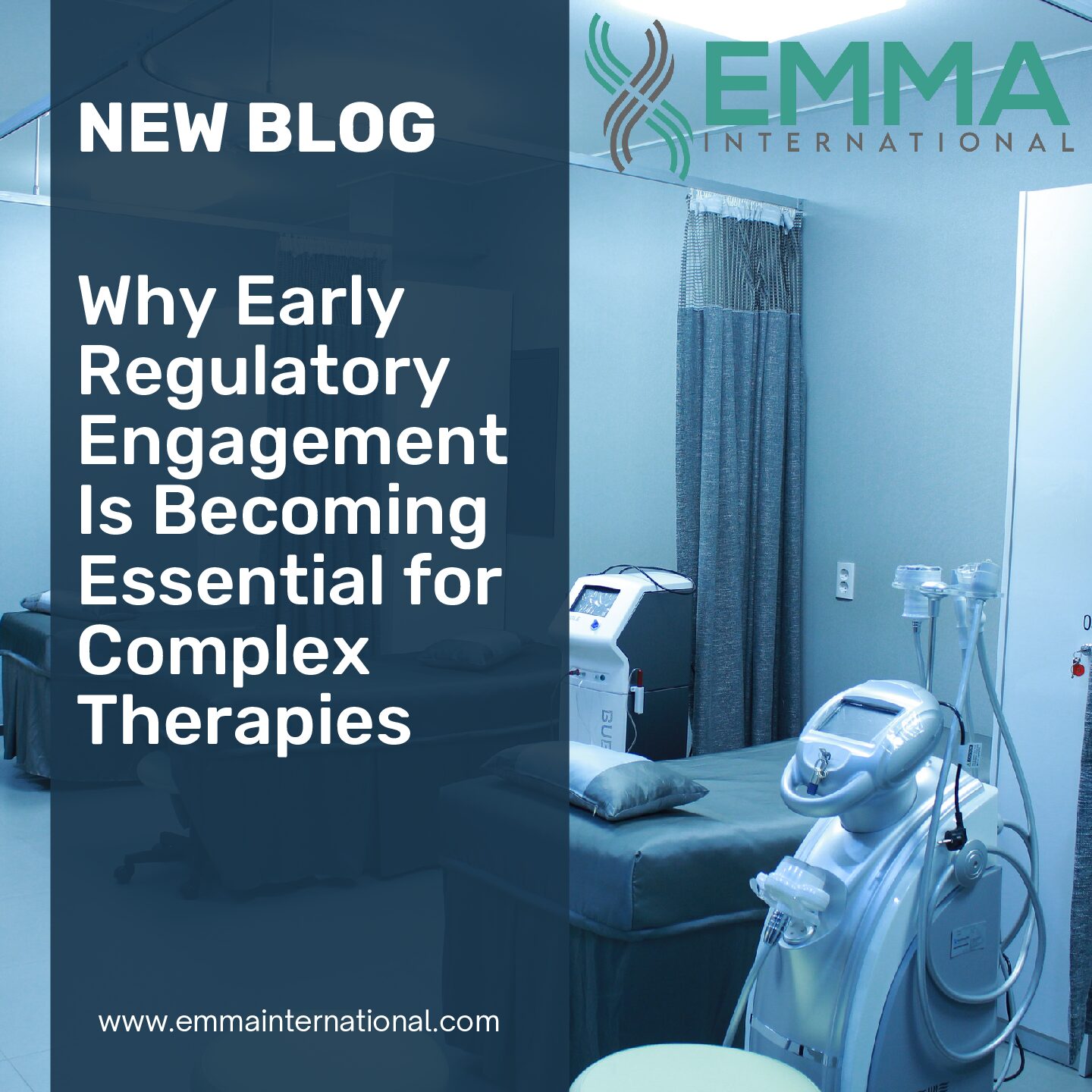In the dynamic landscape of biopharmaceuticals, gaining approval from regulatory authorities is a critical milestone on the path to bringing innovative therapies to patients in need. For developers of biologics, the Biologics License Application (BLA) process overseen by the FDA represents a rigorous but essential framework for demonstrating safety, efficacy, and manufacturing quality. In this blog, we delve into the BLA process to shed light on its intricacies and provide insights for biopharmaceutical innovators.
The BLA is a comprehensive submission that manufacturers of biologic products must submit to the FDA to obtain marketing approval. Unlike the New Drug Application (NDA) for small molecule drugs, the BLA is specific to biologics, which include a wide range of products such as vaccines, monoclonal antibodies, and cell therapies.
The BLA submission is a detailed dossier that encompasses preclinical and clinical data, manufacturing information, and proposed labeling for the biologic product. Key components of the BLA include:
- Preclinical Studies: Data from animal studies that characterize the biologic’s pharmacology, toxicology, and potential risks.
- Clinical Trials: Results from well-controlled clinical trials that evaluate the safety and efficacy of the biologic in the target patient population.
- Chemistry, Manufacturing, and Controls (CMC): Detailed information on the manufacturing process, including production of the active ingredient, formulation, and quality control measures to ensure consistency and purity.
- Proposed Labeling: Draft labeling for the biologic product, including prescribing information, indications, contraindications, and warnings.
Once submitted, the BLA undergoes a thorough review by the FDA’s Center for Biologics Evaluation and Research (CBER) or Center for Drug Evaluation and Research (CDER), depending on the nature of the product. The review process typically consists of several stages:
- Filing Review: The FDA conducts an initial review to determine whether the BLA is complete and can be accepted for substantive review.
- Substantive Review: A team of regulatory scientists evaluates the data and information contained in the BLA to assess the safety, efficacy, and quality of the biologic product.
- Advisory Committee Meeting (if applicable): In some cases, the FDA convenes an advisory committee of external experts to provide independent assessment and recommendations regarding the product’s approval.
- Action Letter: Following the review, the FDA issues an action letter to the applicant, which may include approval, approval with conditions, or a complete response letter outlining deficiencies that must be addressed before approval can be granted.
Upon approval of the BLA, the manufacturer must adhere to post-marketing requirements, including pharmacovigilance activities to monitor the product’s safety in real-world use, and compliance with any Risk Evaluation and Mitigation Strategies (REMS) implemented to ensure safe use.
The BLA process represents a critical juncture in the development and commercialization of biologic products, requiring meticulous planning, robust data generation, and close collaboration with regulatory authorities. By understanding the key components of the BLA submission and the review process, biopharmaceutical innovators can navigate the regulatory pathway with confidence, bringing transformative therapies to patients and advancing the field of biomedicine.
If you need support bringing your biologic product to market, let the EMMA International team do the heavy lifting. Call 248-987-4497 or email info@emmainternational.com to discover how we can support your product from concept to commercialization.
FDA (January 2021) Biologics License Applications (BLA) Process (CBER) retrieved from: https://www.fda.gov/vaccines-blood-biologics/development-approval-process-cber/biologics-license-applications-bla-process-cber





